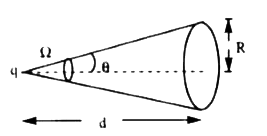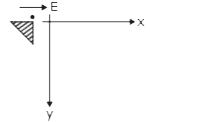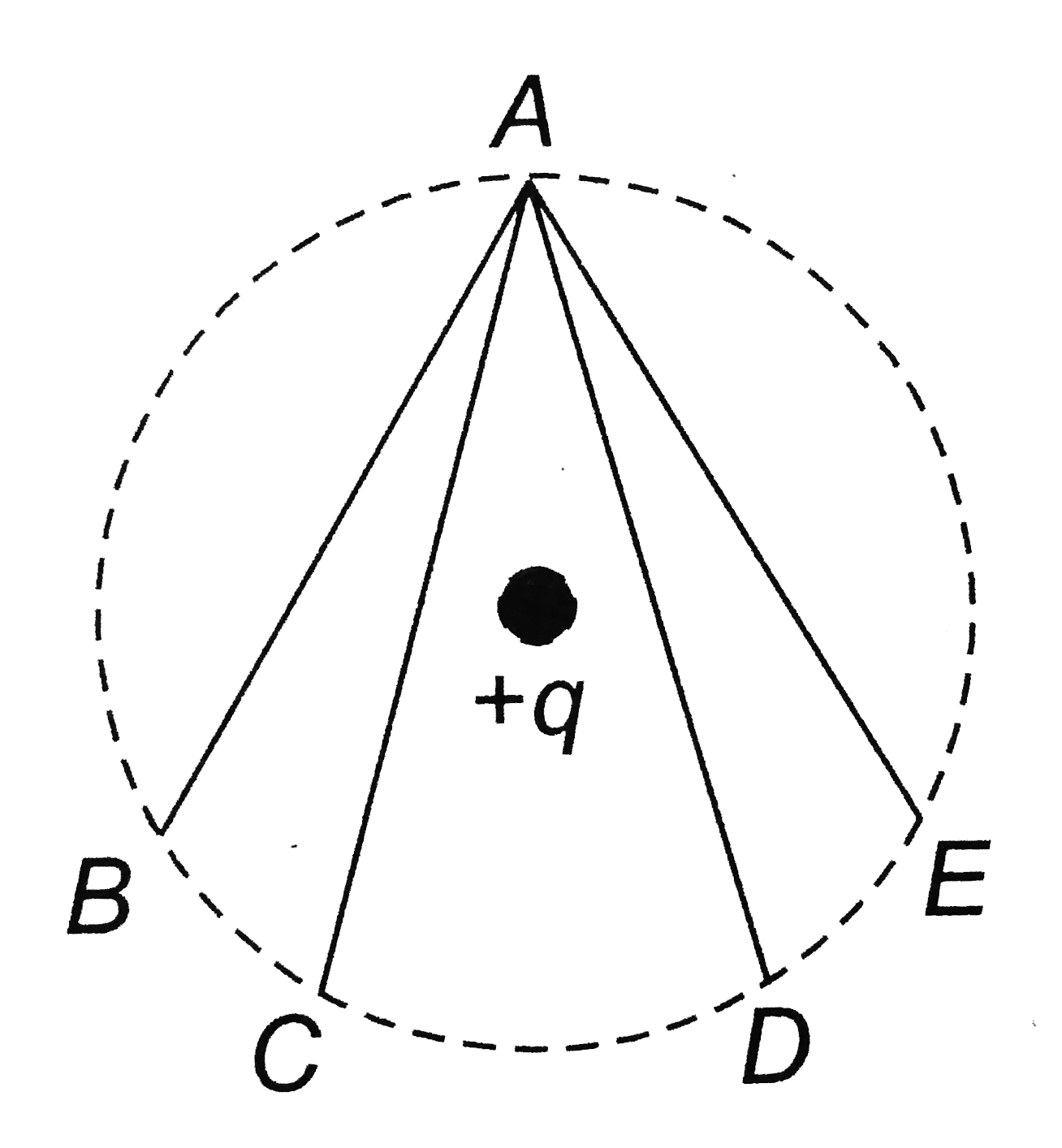Electric charges leak rapidly from the pointed edges of a conductor.
Step-by-Step Solution:
1. Understanding Electric Charges: Electric charges can accumulate on the surface of a conductor. The distribution of these charges is not uniform; it tends to concentrate at certain points, especially at sharp edges or pointed areas.
2. Pointed Edges and Radius of Curvature: The pointed edges of a conductor have a very low radius of curvature. This means that the surface at these points is sharply curved, which leads to a higher concentration of electric charges at the tips compared to flatter areas of the conductor.
3. Electric Field Strength: The electric field (E) around a charged conductor is directly related to the amount of charge (Q) and inversely related to the square of the distance (r) from the charge. At pointed edges, since the charge density is higher, the electric field is also stronger. This can be expressed by the formula:
E=k⋅Qr2
where k is a constant.
4. Force on Charges: A stronger electric field exerts a greater force on the charges present at the surface of the conductor. This additional force can overcome the attractive forces holding the charges in place, allowing them to escape from the conductor's surface.
5. Conclusion: Therefore, it is true that electric charges leak rapidly from the pointed edges of a conductor due to the high concentration of charges and the resulting strong electric field at those points.
E=k⋅Qr2
where k is a constant.
Similar Questions
The electric charge leaks from the fla surfaces.
View SolutionA point charge q is placed at a distance d from the centre of a circular disc of radius R. Find electric flux flowing through the disc due to that charge

View SolutionAssetrion: Net electric field insider conductor is zero
Reason: Total positive charge equals to total negative charge in a conductor
View SolutionA point charge q1 is placed inside cavity 1 and another point charge q2 is inside cavity 2. A point charge q is placed outside the conductor. For the situation described above, answer the following questions.
→E inside the conductor at point S distant r from point charge q, due to charge on outer surface of the conductor, would be
View SolutionA point charge Q is placed outside a hollow spherical conductor of radius R , at a distance r(r>R) from its centre C . The field at C due to the induced charges on the conductor is
View SolutionA conductor is an extreme case of a dielectric, because if an electric field is applied to a conductor, charges are free to move within the conductor to set up ''induced charges''. What is the dielectric constant of a perfect conductor? Is it K=0,K→∞, or something in between ? Explain your reasoning.
View SolutionA positive point charge (+q) is kept in the vicinity of an uncharged conducting plate. Sketch electric field lines originating from the point on to the surface of the plate.
Derive the expression for the electric field at the surface of a charged conductor.
View SolutionWhy the electric field at the outer surface of a hollow charged conductor is normal to the surface?
View SolutionA small point mass carrying some positive charge on it, is released from the edge of a table. There is a uniform electric field in this region in the horizontal direction. Which of the following options then correctly describe the trajectory of the mass? (Curves are drawn schematically and are not to scale).

View SolutionIn the electric field of a point chargde q, a cetrain charge is carried from point A to B,C,D and E. Then the work done

View Solution
